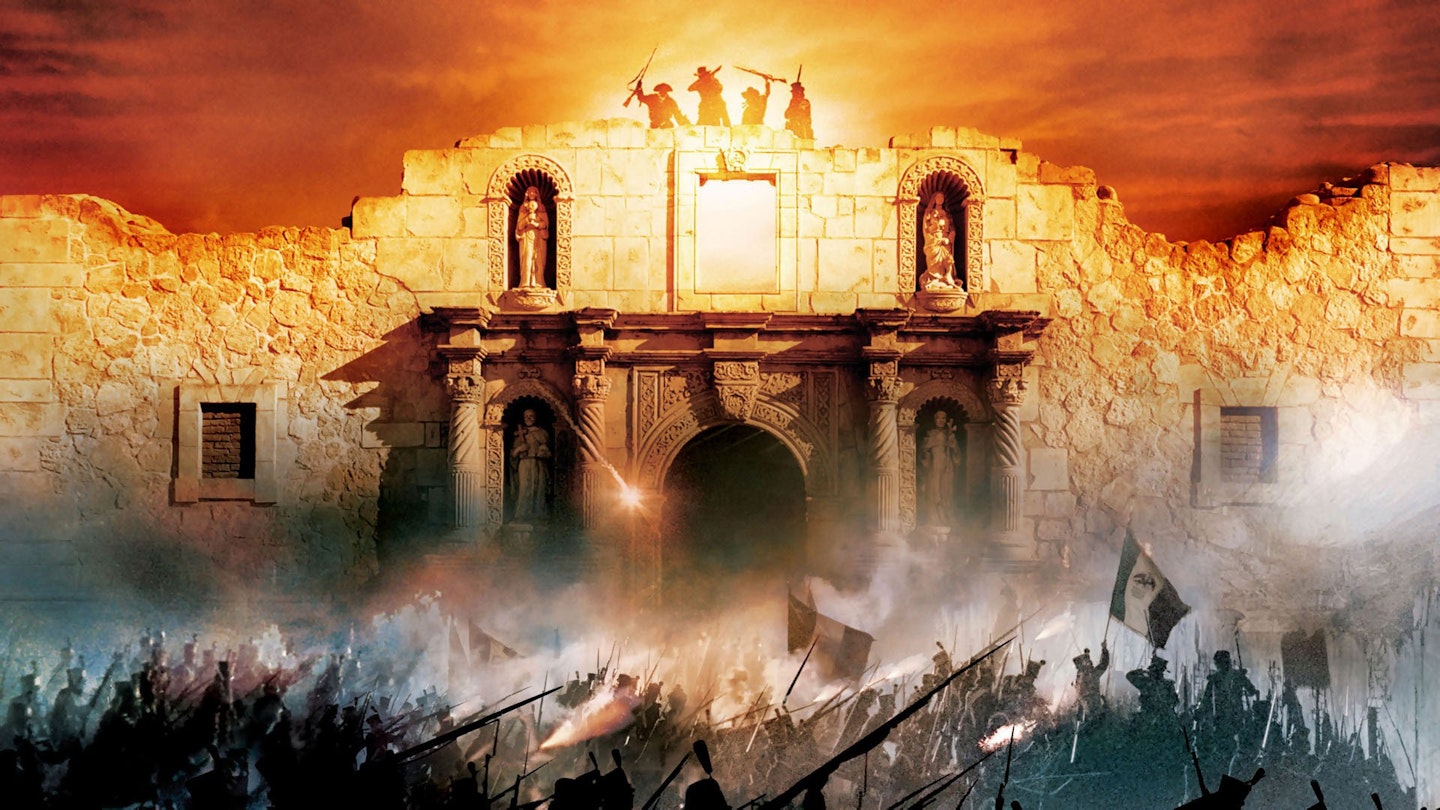As much a vanity project for John Wayne, at the height of his popularity, as a chance to take this fabled slab of American folklore (although, technically speaking Texas was not part of the Union at the time), this flabby, inconsistent attempt at a Western epic (although, strictly speaking, this is too early to be a Western) is an expensive misfire.
Wayne, despite harkening from one of cinema’s most enduring partnerships with the mighty John Ford, was not a natural director. The film dawdles and ruminates but never comes alive, and despite various cuts attempting to fillet a dramatic core out of its swollen running time, all eventually failed. Wayne, sensibly enough, borrows devotedly from Ford in the grand scope (he built an Alamo to scale from scratch) and earthy detail, but never manages to figure out where the drama lies. His performers are uniformly at sea. Indeed, his own Davy Crockett is so tailored to showing the star in a grand light, it seems more like Crockett, coonskin cap in place, doing his best Wayne impression.
With his own money tied up in the production, he also wasn’t going to squander the chance to coat an often misunderstood part of history with his own right wing agenda. These doomed men are fighting the cause of justice and republicanism, whereas in truth the stand is often considered a folly and needless sacrifice. Determinedly one-dimensional, the folly starts to feel all Wayne’s own
The only time it sets about stirring our blood is with the arrival of Santa Anna’s glorious battalions onto the battlefield, granting, finally, a luminous splendour to the arid settings. Although, this may have been more about the management of second unit director Cliff Lyons who reputedly took over the directorial reigns. Seven Oscar nominations, a spurious nod for sound, were his only reward, audiences stayed away and his great trumpet blast of a personal project would lapse into best forgotten.
